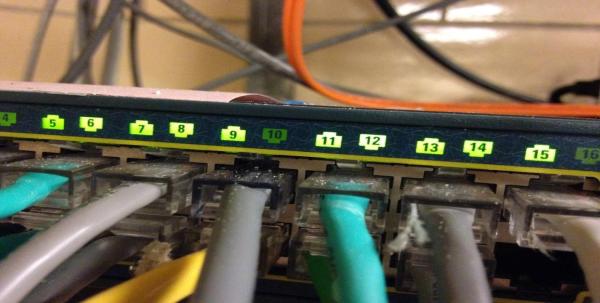Remember all the talk about modular smart phones? They sounded amazing! instead of upgrading your phone you would just upgrade the parts a bit like a computer but more simplistic. Well it seems modular phones are dead (video, embedded below) even after a lot of major phone manufacturers were jumping on the bandwagon. Even Google got on-board with Google Ara which was subsequently cancelled. LG released the G5 but it didn’t fare too well. The Moto Z from Motorola seemed to suffer from the same lack of interest. The buzz was there when the concept of these modular phones was announced, and people were genuinely exited about the possibilities. What went wrong?
For a start people expect their phones to have everything on board already, whether it be cameras, GPS, WiFi, high-capacity batteries or high-resolution screens. Consumers expect these things to come as standard. Why would they go out and buy a module when other phones on the market already have these things?
Sure you could get some weird and wonderful modules like extra loud speakers or perhaps a projector, but the demand for these items was small. And because these extras are already available as separate accessories not locked down to one device, it was a non starter from the beginning.
When we did our user studies. What we found is that most users don’t care about modularizing the core functions. They expect them all to be there, to always work and to be consistent. — Lead engineer Project Ara
The hackability of these phones would have been interesting to say the least, had they come to the mainstream. It just seems the public want thin sleek aluminum phones that they treat more as a status symbol than anything else. Modular phones have to be more bulky to accommodate the power/data rails and magnets for the modules, so they’ll lose out in pocketability. Still, we hope the idea is revisited in the future and not left on the scrap-heap of obsolescence.
Would you buy a modular smart phone? Even if it is bigger or more expensive? Is that really why they failed?
Continue reading “Ask Hackaday: Why Did Modular Smart Phones Fail?”


















